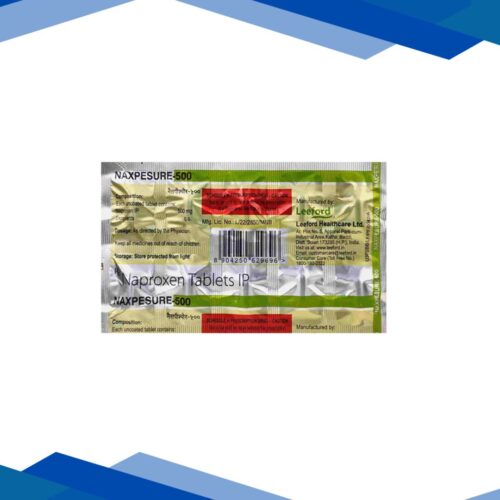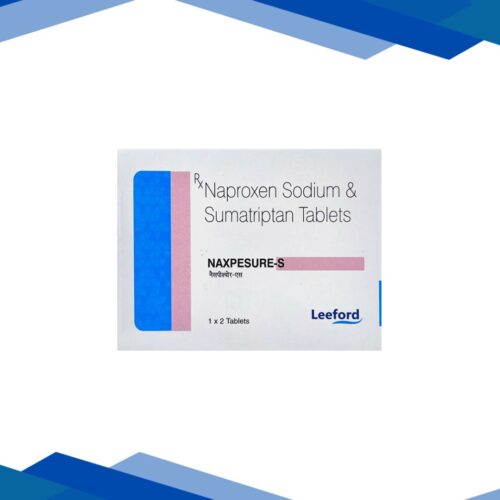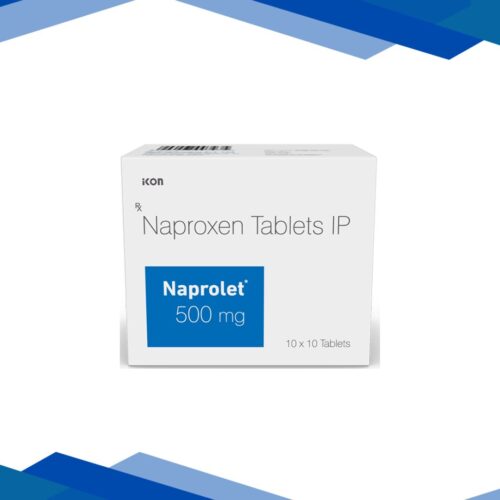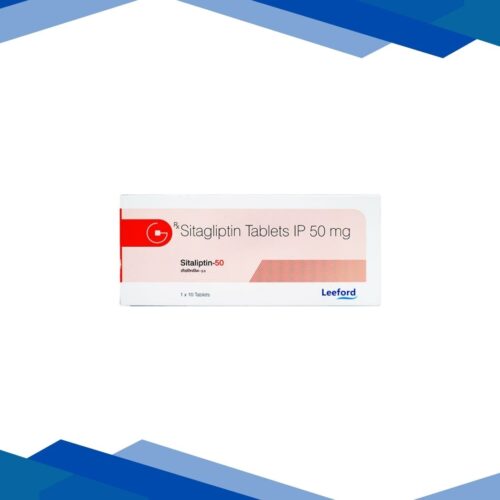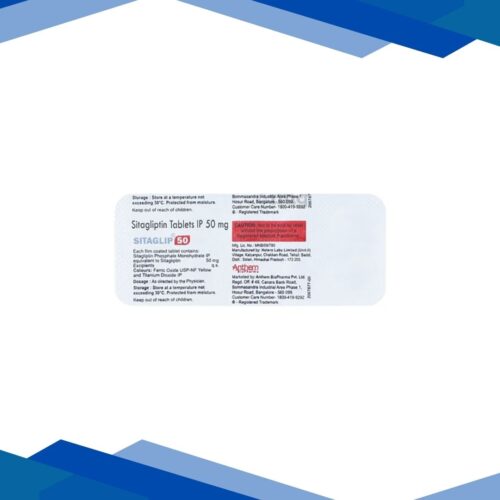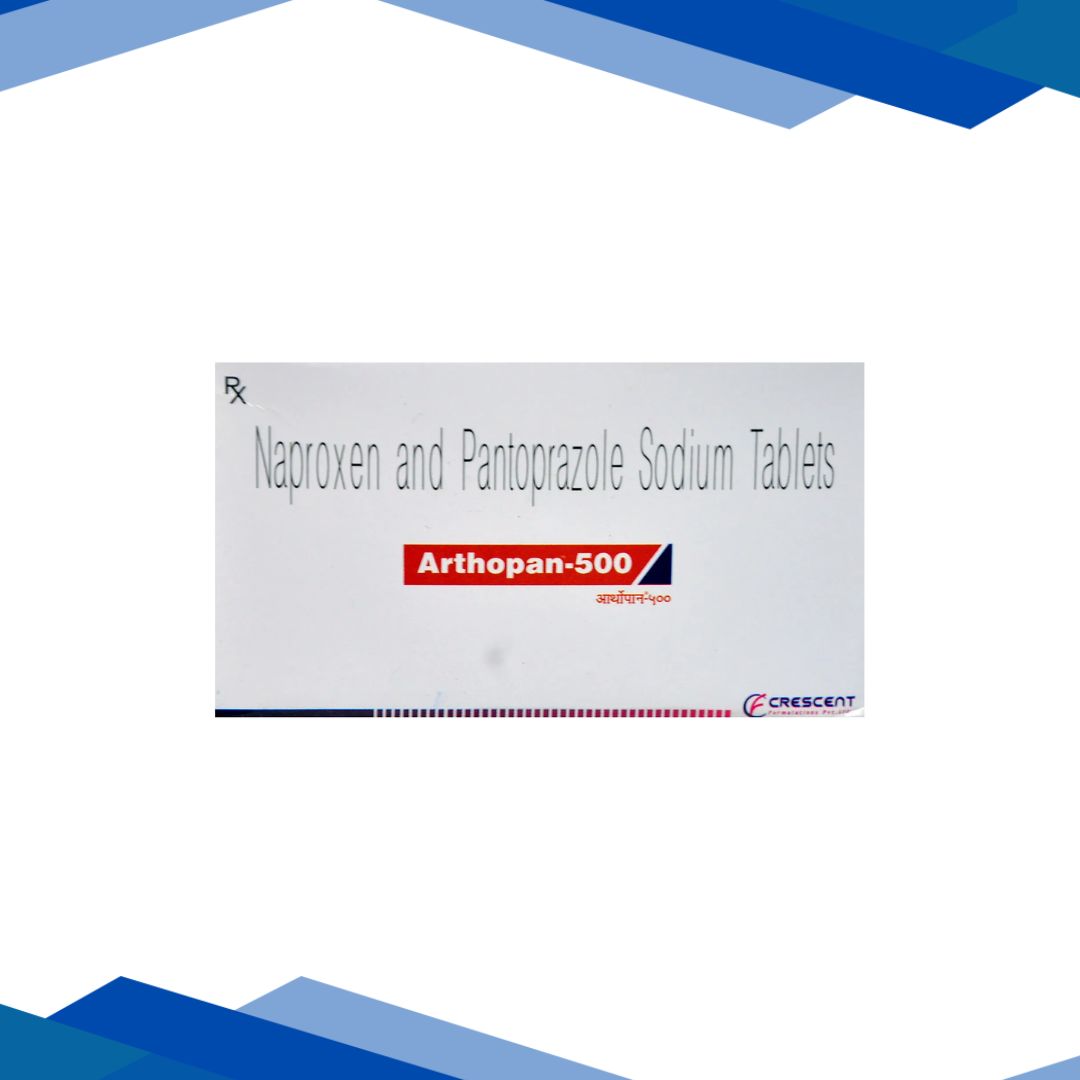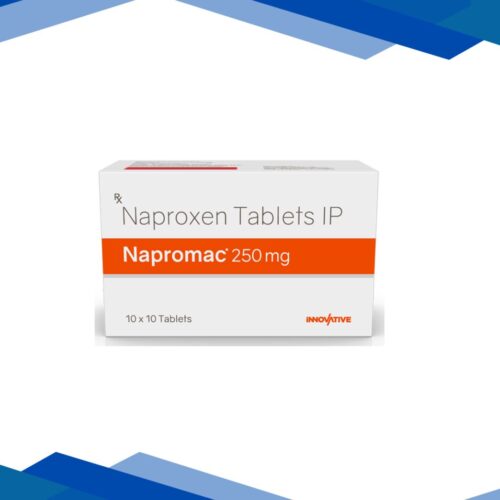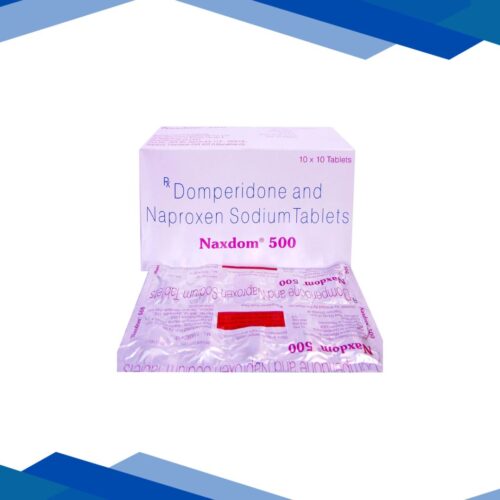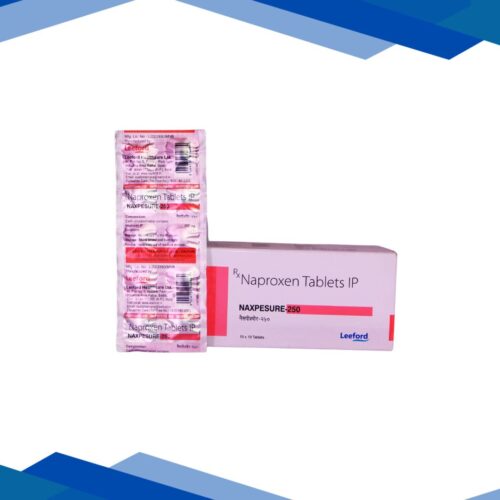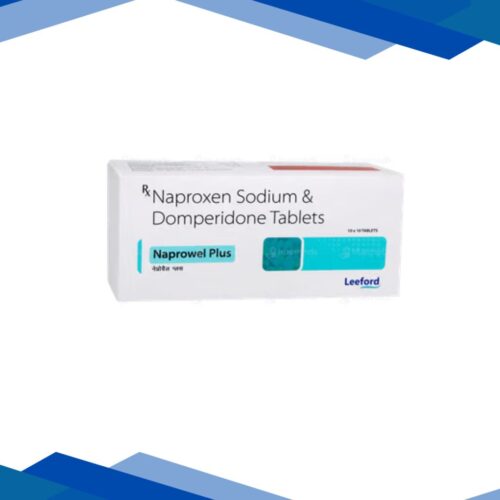Naproxen
NAPROXEN
Overview
Naproxen is a common painkiller that helps reduce inflammation, swelling, and fever. It belongs to a group of medicines called NSAIDs (Non-Steroidal Anti-Inflammatory Drugs). It’s often used to relieve pain from muscle aches, arthritis, period cramps, and injuries.
Classification
Naproxen is part of the NSAID (Non-Steroidal Anti-Inflammatory Drug) family. These drugs are used to lower pain, fever, and inflammation without using steroids.
Uses
Naproxen is used to help with:
Joint pain (like arthritis or gout)
Muscle pain or back pain
Menstrual cramps
Headaches
Fever
Sprains or strains
How It Works
Naproxen works by blocking chemicals (called prostaglandins) in the body that cause pain, swelling, and fever. By stopping these chemicals, naproxen helps you feel better.
Dosage
As prescribed by your doctor.
Side effects
Precautions
Before taking Naproxen, be careful if you:
Have stomach ulcers or bleeding problems
Have heart, kidney, or liver issues
Are pregnant (especially in later stages) or breastfeeding
Are taking other medications like blood thinners or steroids
Have a history of asthma or allergic reactions to NSAIDs
Always take it with food or milk to avoid stomach upset.
Disclaimer
This content is for informational purposes only. Always consult a healthcare provider for medical advice and proper dosage
Pantoprazole
PANTOPRAZOLE
Overview:
Pantoprazole is a drug that reduces acid levels produced in the stomach. It belongs to the category of the drug blockers called proton pump inhibitors (PPIs). The drug has often been used to treat acid reflux, gastroesophageal reflux disease (GERD), stomach ulcers and Zollinger-Ellison syndrome. Pantoprazole relieves such symptoms as heartburn and helps to recover the stomach lining.
Classification:Proton Pump Inhibitor (PPI)
Uses:
Pantoprazole is used to treat the diseases caused by an excess stomach acid like GERD (gastroesophageal reflux disease), acid reflux, stomach ulcers, and the Zollinger-Ellinson disease. It also relieves the symptoms of heartburn, acid regurgitation, and indigestion, by reducing acid secretions and helps in recovering the stomach and the esophagus.
How it works:
Pantoprazole acts in blocking a pump on the stomach lining called proton pump (H 16 itrapazoviatricfootnote 16 overnight hist seriously atpase). This is an enzyme that has a key role in producing stomach acid. Pantoprazole reduces the acid content of a stomach by stopping the action of this pump. Such a decrease aids in improving the symptoms of heartburn and repairing the injured parts of the stomach and esophagus.
Dosage:
As prescribed by your doctor.
Side effects:
Gas or bloating
Stomach pain
Headache
Nausea or vomiting
Diarrhea
Precautions:
Prior to taking pantoprazole, inform your physician about your liver conditions, low levels of magnesium, and any other drug that is in use that can react with this. Side effects of long-term use include vitamin B12 deficiency, loss of bone, or intestinal infection. Pregnant/ Breast feeding: use with caution, only with medical advice. Nevertheless, do not eliminate the medicine abruptly, at least, without the doctor consultation, particularly in a case of long-term treatment.
Disclaimer:This content is for informational purposes only. Always consult a healthcare provider for medical advice and proper dosage.

